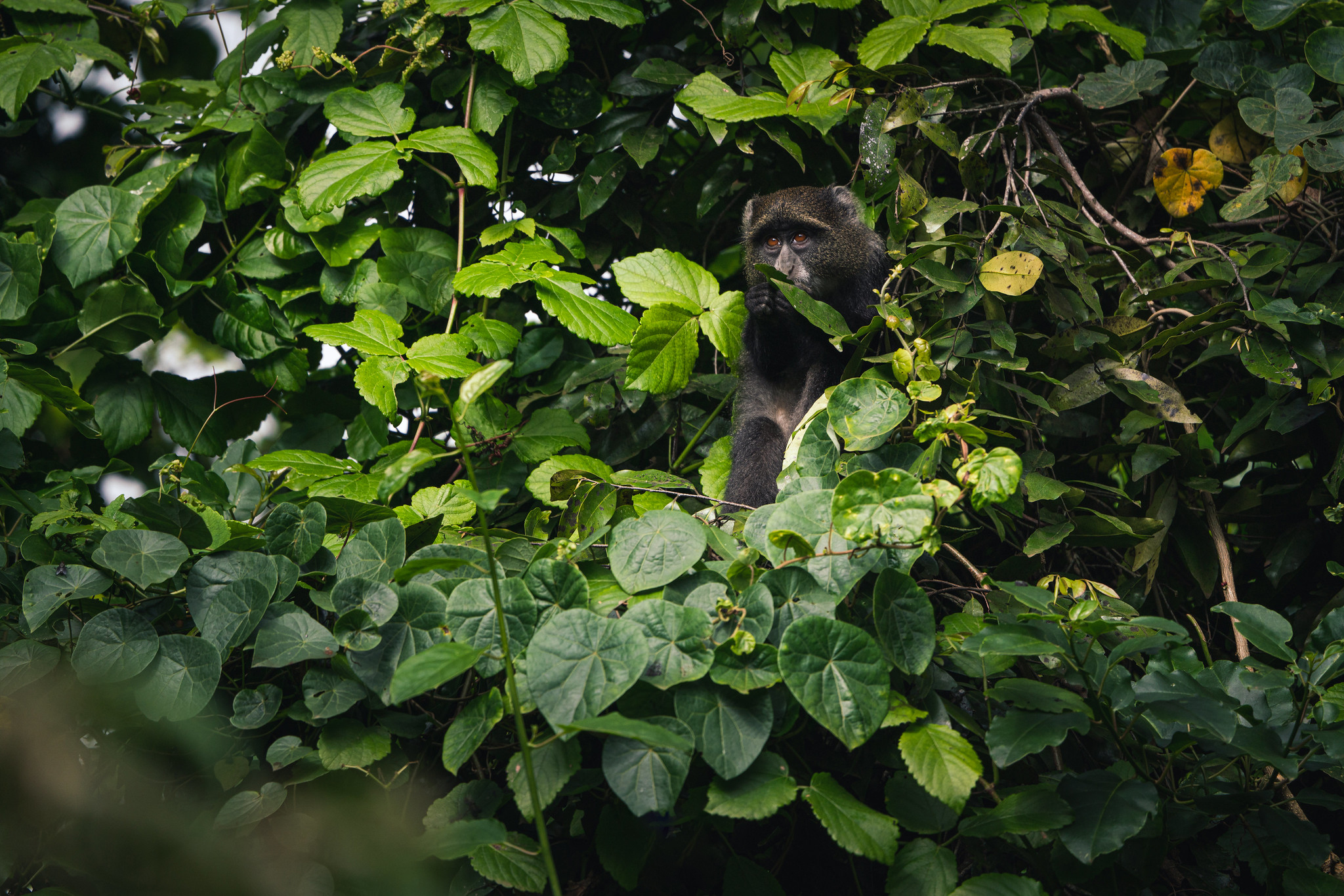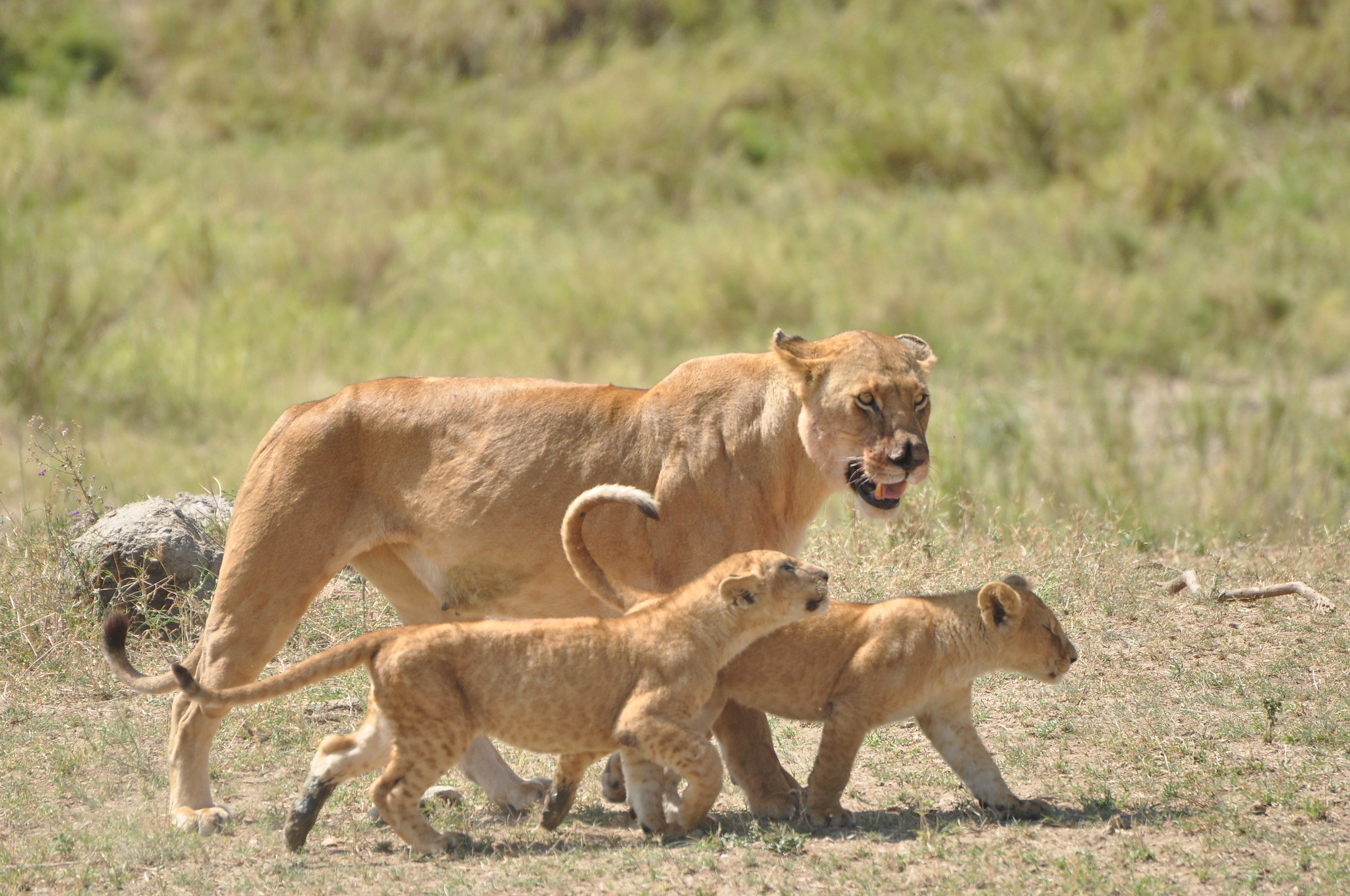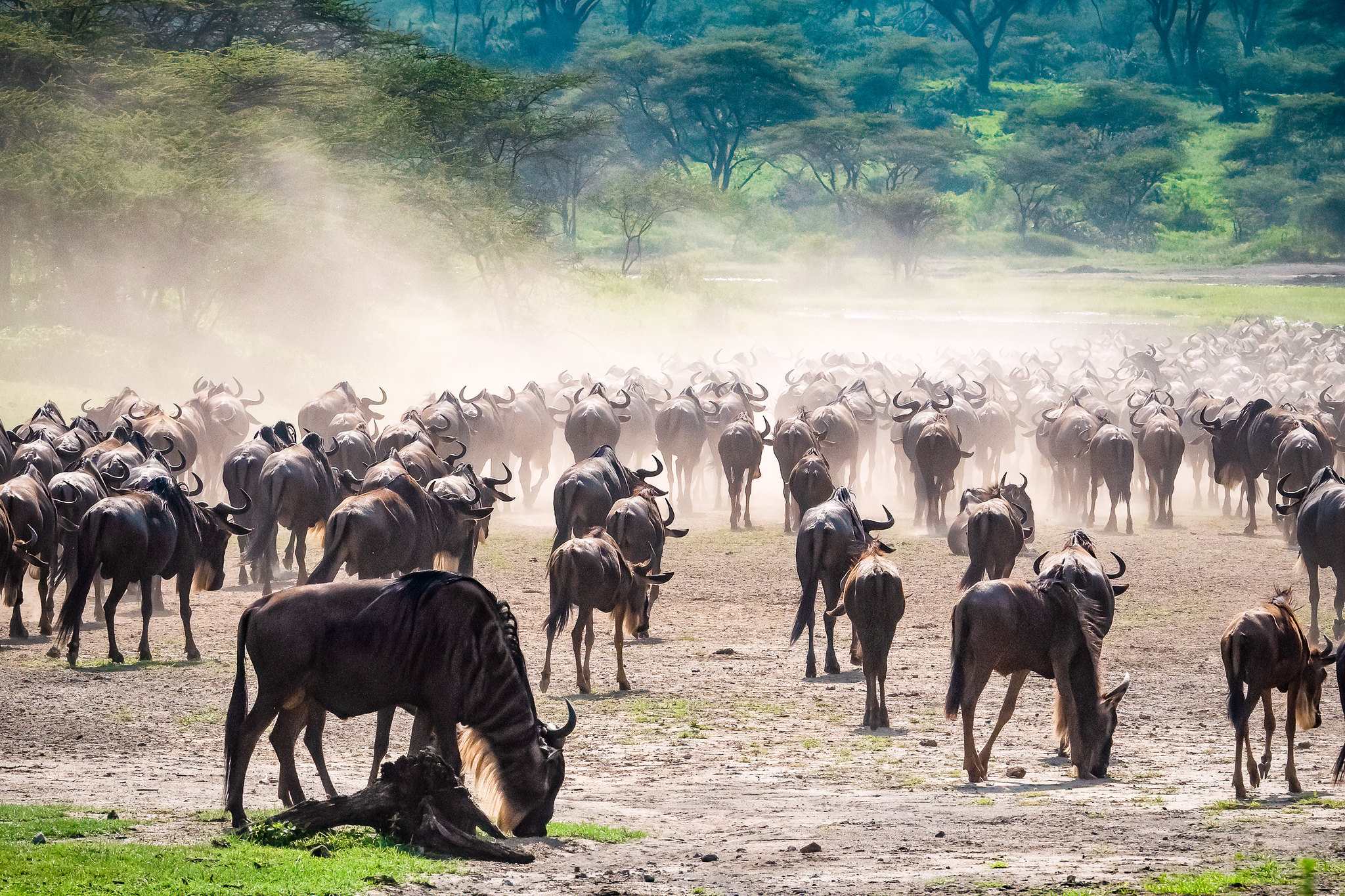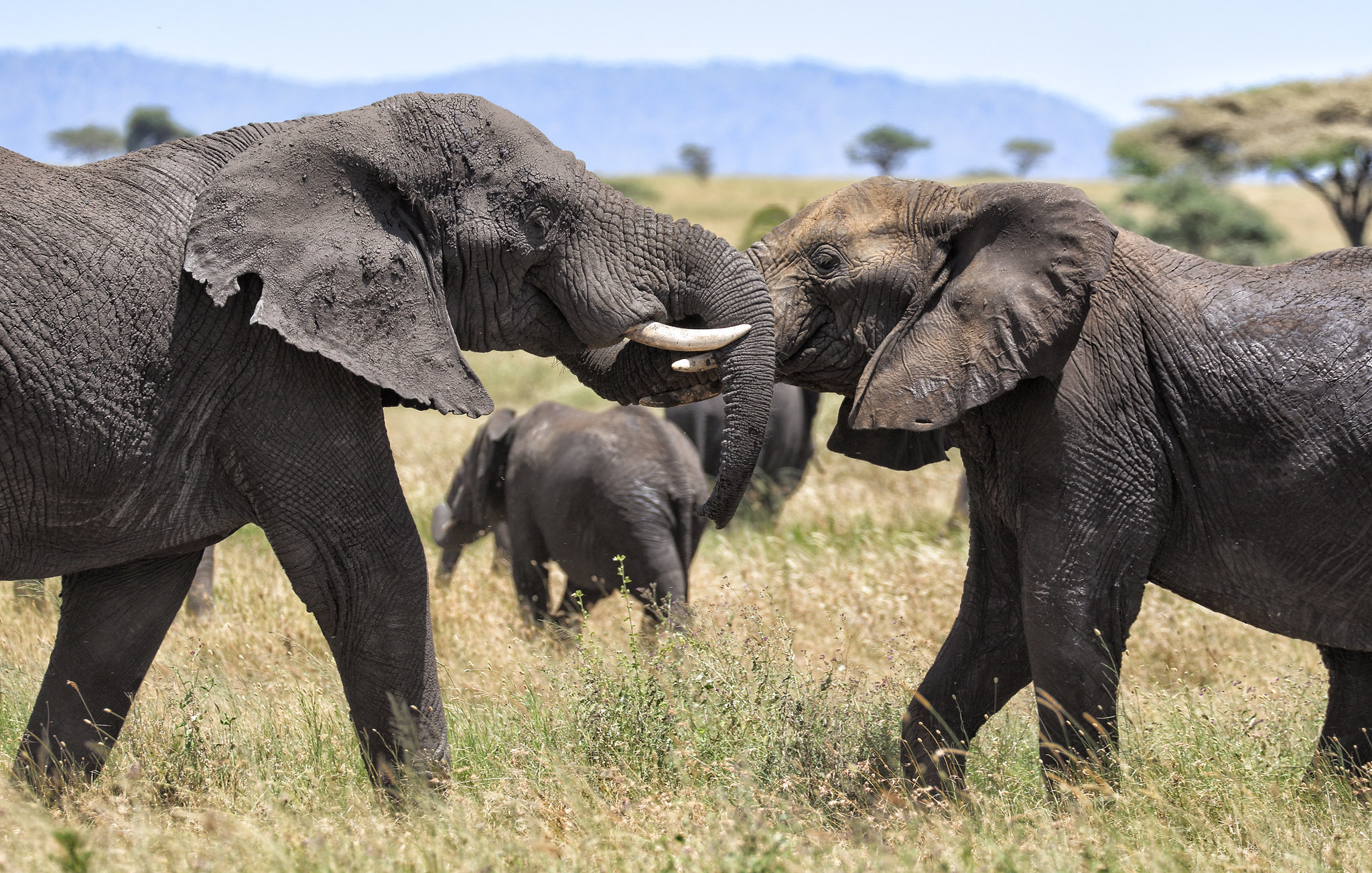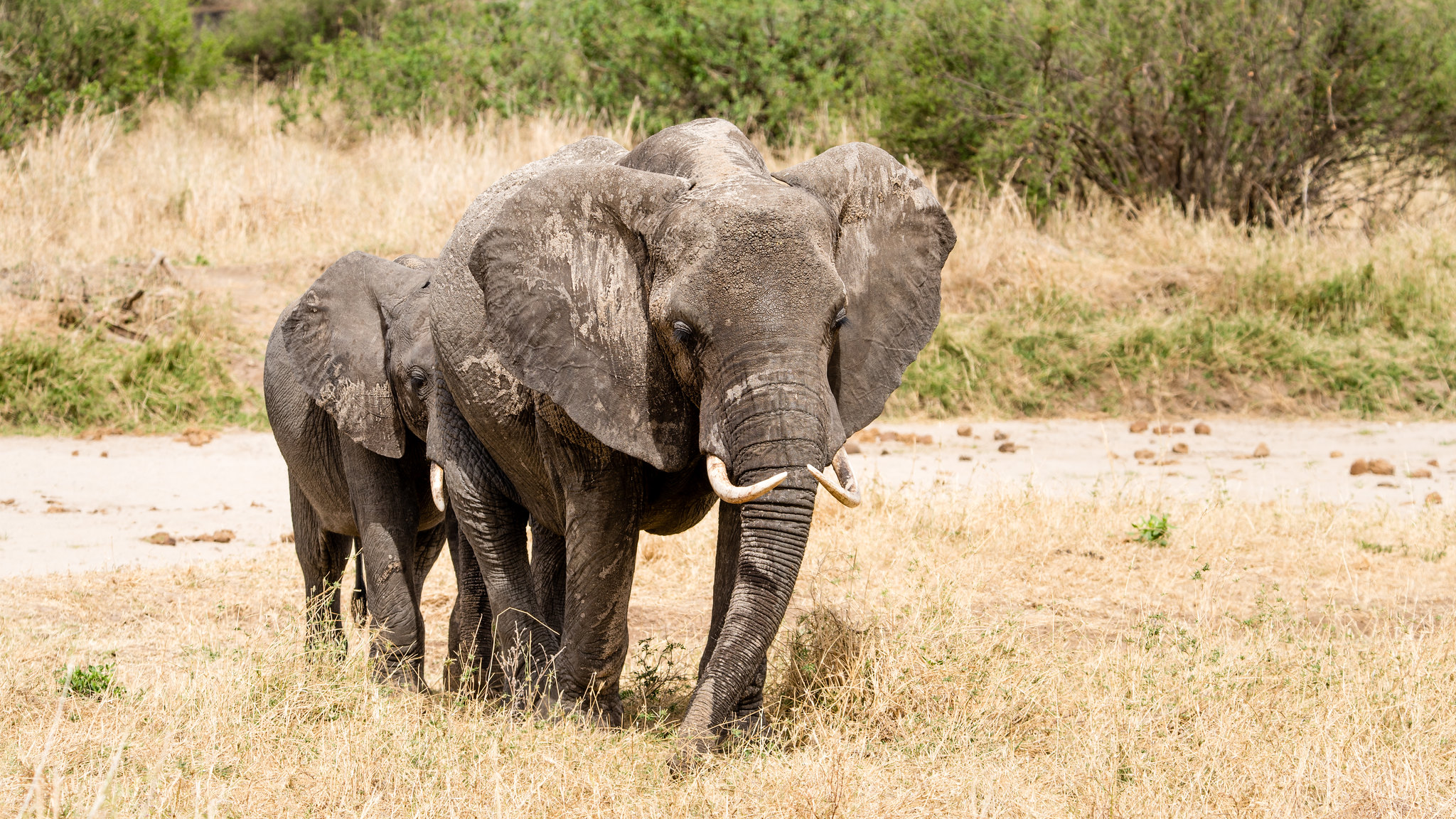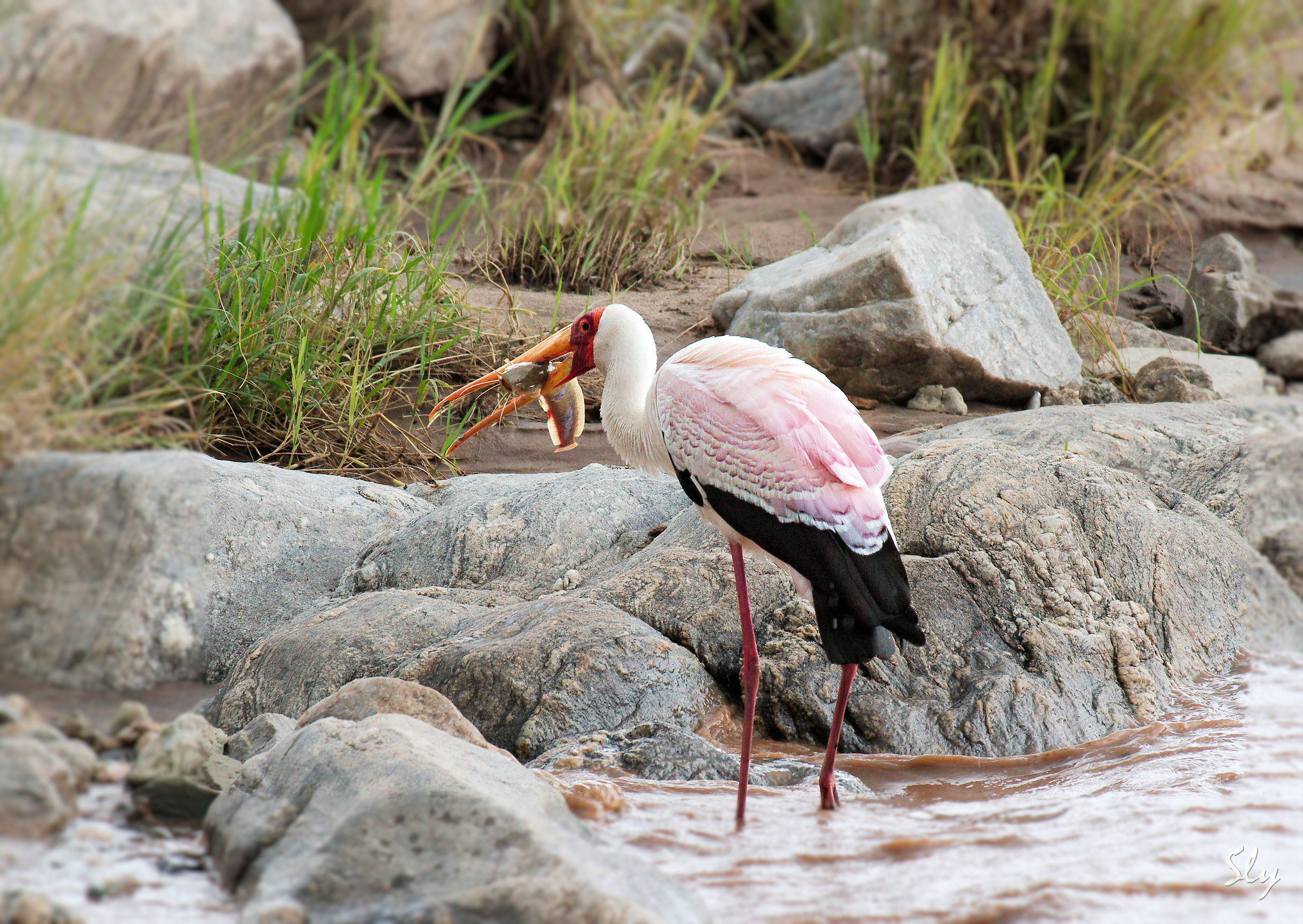NGORONGORO CRATER
VISIT NGORONGORO
Unveiling Ngorongoro's Secrets: Wildlife Haven in Tanzania
- 24/7 Support
- Safari Adventure
- Ngorongoro Crater
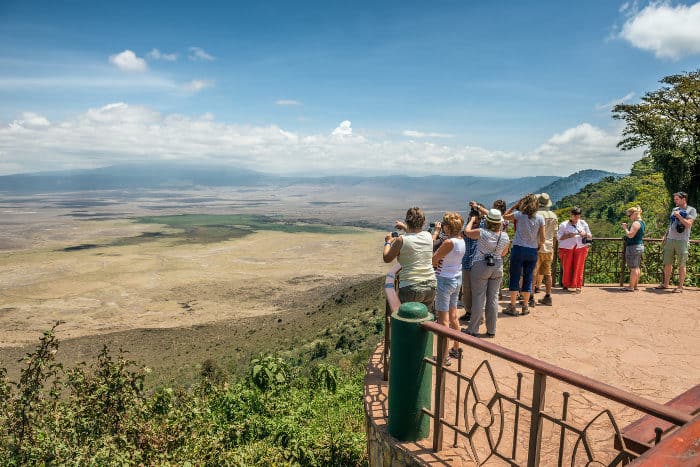
OVERVIEW
Embark on a captivating journey to Ngorongoro Crater, a wildlife haven and natural wonder nestled in Tanzania’s breathtaking landscapes. The Ngorongoro Crater is a UNESCO World Heritage Site, renowned for its unparalleled biodiversity and stunning scenery. Within this ancient volcanic caldera, discover a thriving ecosystem where lions, elephants, buffalo, and rhinos roam freely against a backdrop of sweeping plains and verdant forests. Explore the depths of the crater to encounter an array of wildlife in their natural habitat, from graceful antelopes to majestic predators. Witness the fascinating interactions between species and marvel at the abundance of life in this unique and protected sanctuary.
Join us in uncovering Ngorongoro’s secrets and experiencing the raw beauty of Tanzania’s wildlife-rich landscapes in one of Africa’s most captivating destinations. This journey promises unforgettable encounters and a deeper appreciation for the wonders of the natural world.
RELATED IMAGES
Explore captivating images related to our adventures and destinations, offering a visual glimpse into the breathtaking experiences that await.
NGORONGORO CONSERVATION AREA
The largest preserved volcanic caldera on Earth is the Ngorongoro Crater. The Crater Rim is located more than 2,200 meters above sea level and is subject to a range of weather patterns. You can see the little animal silhouettes moving over the crater bottom from this vantage point. One of the few sites in Tanzania where nightly lows can go below freezing is the Rocky Rim. The largest unflooded and unbroken caldera in the entire globe is the deep, volcanic crater at the summit of Ngorongoro. The Ngorongoro Crater is a 300 square kilometers in size, 20 kilometers in diameter, and 600 meters deep natural wonder of the globe.
The Ngorongoro Conservation Area is a sizable national park that is situated southeast of Serengeti National Park in northern Tanzania. The Eastern (Great) Rift Valley contains a variety of habitat types spread out over an area of around 8,300 square kilometers, including grasslands, forests, and wetlands that resemble forests, as well as steep terrain with crater-like lakes, rivers, and swamps. As the park’s showpiece, Ngorongoro Crater is one of the largest preserved calderas on the planet. Remains of hominins that date back 2.1 million and 3.6 million years, respectively, have been found at the archaeological sites of Olduvai Gorge and Laetolil.
The Ngorongoro Conservation Area was formerly a component of the Serengeti National Park but was separated into its own entity in 1959. It was added to the UNESCO World Heritage List in 1979. In this area, which is off-limits to farming, more than 24,000 Masai graze their livestock. Because of the harm that overgrazing and tourist vehicles were doing to the ecology, poaching of black rhinoceros, leopards, and elephants became a serious problem in the later part of the 20th century.

